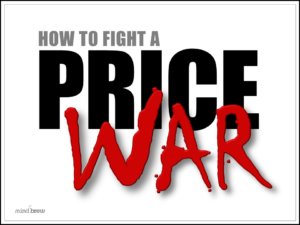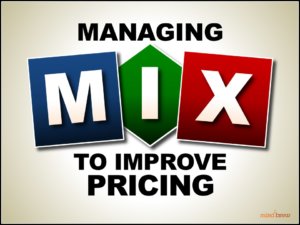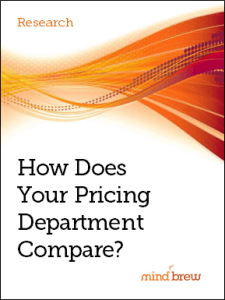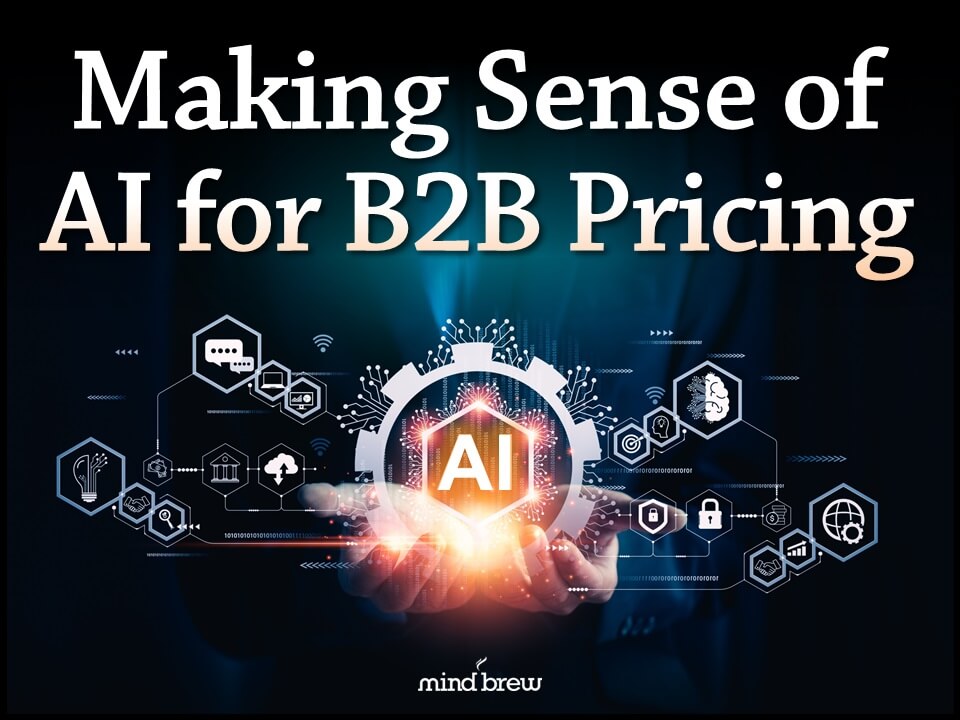Many B2B companies believe that if their customers discover they are using price optimization technology to increase profits, there will be significant backlash. While it may seem natural for customers to be upset if they think, “some computer algorithm is taking money out of my pocket…”, these same customers should actually be relieved – even happy – that their vendors use price optimization. It’s not immediately intuitive, but optimized prices actually increase price fairness for all buyers. Here’s how.
The reality is that different prices for the same product have always existed in B2B transactions, because most deals are highly negotiated and buyers typically don’t know if they are getting the same price as someone else. As a buyer, you expect to pay a lower price per unit if you are buying 10,000 units than someone who bought only 100 units. Different buyers place different value on products, they expect differing levels of service and product availability, they order in different amounts, and have different costs to serve — all of which justifies a different price point. Nobody seems upset that the B2B world revolves around differentiated pricing.
Differentiated pricing, however, is not necessarily the same thing as fair pricing. Buyers will only benefit from increased fairness in differentiated pricing when those price points result from proper price segmentation and elasticity-based price optimization. Think of it like this: At any given time, approximately one-third of a B2B company’s transactions are out of alignment. That could mean that small customers may be getting the same or better pricing than large customers, or in the case of a “good, better, best” product line, the “better” product may be selling for the same or lower price than the “good” product. Bringing these relationships back into proper alignment is the first step to creating more fair prices for all.
Remember the fundamental purpose of price optimization — to find the market-aligned price for each selling circumstance. It is not an attempt to exploit a particular buyer who may be momentarily unaware of the market price of a product, which would indeed be unfair. Instead, each buyer is given the same fair treatment as others who have purchased under similar circumstances. Does this always mean prices will go up for a particular buyer? No, it doesn’t. An individual buyer gets inherited power from the collective negotiating skills of all previous buyers in his price segment, who have successfully negotiated the seller’s target price to a given point, i.e. the market-aligned point. Kind of like crowd-sourcing for pricing!
By striving to sell at the market-aligned price you are actually increasing the fairness in which you do business, all while making the most of your most powerful lever to improve profits.













